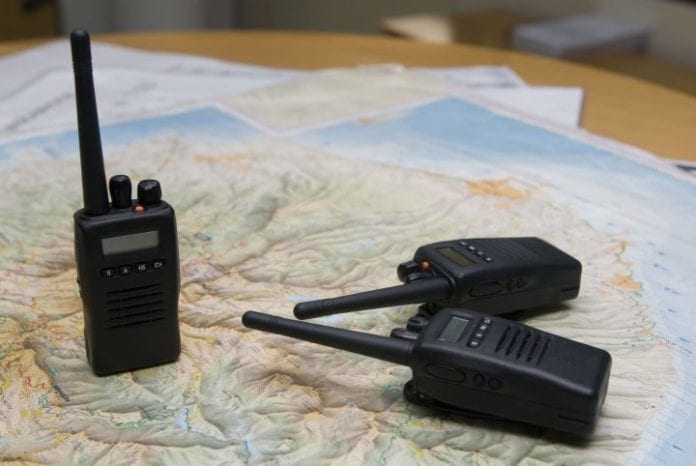The public safety community is relying more frequently on advanced technology that requires a network connection. Unmanned aerial and terrestrial vehicles, IoT devices, and smart cameras are just a few of the potentially life-saving use cases, according to Victor Mejia, product manager at Nextivity. Those devices often work best with access to a dedicated public safety network, and such networks are increasingly being deployed around the world.
“I genuinely believe the trend is going to continue towards the use of smart devices and broadband networks,” said Mejia. While the motivation driving each public safety broadband network deployment is different around the world, he added, countries are finding that such networks are “a tool to obtain and process valuable data that is helping them to make better decisions without risking lives.”
Here in the U.S., that is taking the form of the FirstNet-AT&T public-private partnership and its LTE capabilities, although the two partners have already begun investing in preparing the FirstNet network for 5G.
“Leveraging LTE’s high-bandwidth, low-latency connections to share video and process big data can dramatically improve situational awareness, which in turn makes for better decision-making in the field,” Mejia said, adding, “Agencies will be smarter, more predictive and better equipped to tackle today’s complex challenges, enabling them to fulfill their mission of safeguarding and protecting their communities.”
However, he pointed out, Land Mobile Radio for voice communications isn’t going away any time soon. Public safety agencies are likely to rely on a combination of technologies – LMR, LTE and even 5G – in the coming years. Mejia noted that a number of 5G’s attributes make it suited for critical communications: its flexibility, security, low latency and high data rates, as well as its ability to deliver “a wide variety of services across different environments in a highly efficient and robust way.”
Nextivity has been working for three years on a critical solution to enable both FirstNet cellular and LMR public safety radio coverage indoors, to satisfy both the needs for public safety communications and for building owners to meet jurisdictional requirements for occupancy, Mejia said. Its Cel-Fi QUATRA RED is a Smart Signal Booster that supports all FirstNet LTE bands as well as 700 and 800 MHz frequencies. It meets International Fire Code (IFC) and National Fire Protection Association (NFPA) standards with options for both class A (up to 56 channels) and class B (up to 28 channels) RF units, an included battery-back up unit and remote management through Nextivity’s WAVE portal.
Mejia said that Cel-Fi QUATRA RED also has a number of features that focus on ensuring good RF in difficult environments while avoiding interference. That includes the ability to automatically calculate gain settings and uplink transmit power, as well as the ability to do coverage tests without requiring actual P25 radios. Cel-Fi QUATRA RED can be deployed in a BDA configuration (one or two coverage units attached to a network unit) or a DAS configuration with up to six CUs per NU – a scalable solution for buildings up to two million square feet. The solution’s capabilities, Mejia said, will enable system integrators and building owners to complete installations in days, not weeks, for more rapid building occupancy.
“We joined the public safety ecosystem because we truly believe that we can add tons of value at all levels,” said Mejia. “We have innovative solutions for many of the problems that [Authorities Having Jurisdiction], building owners, and system integrators face every day.”
Watch a video interview with Mejia below:

